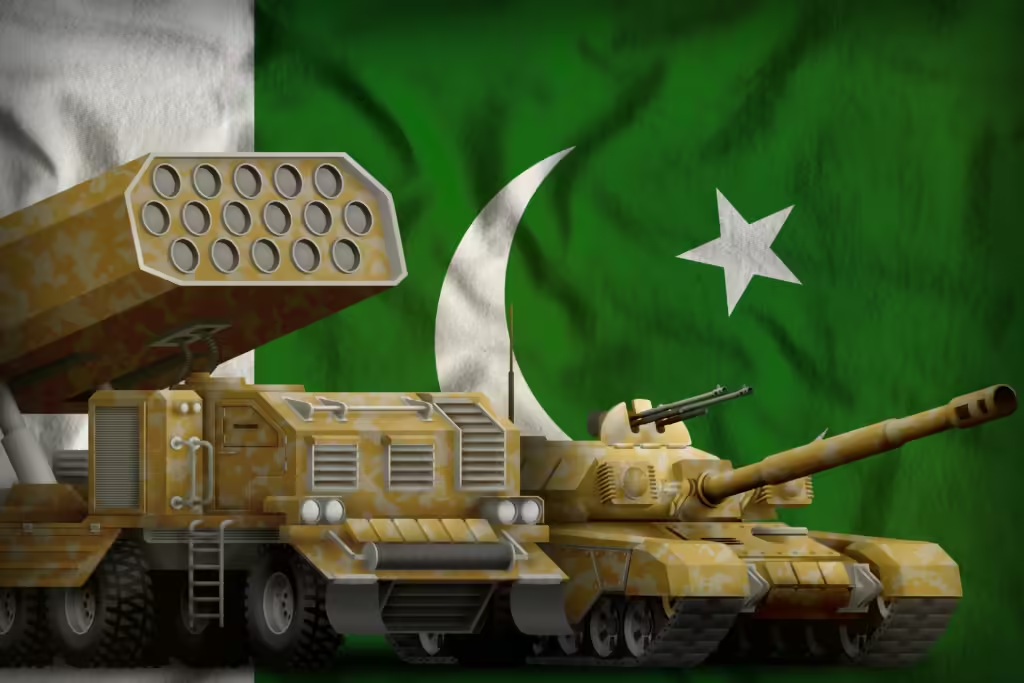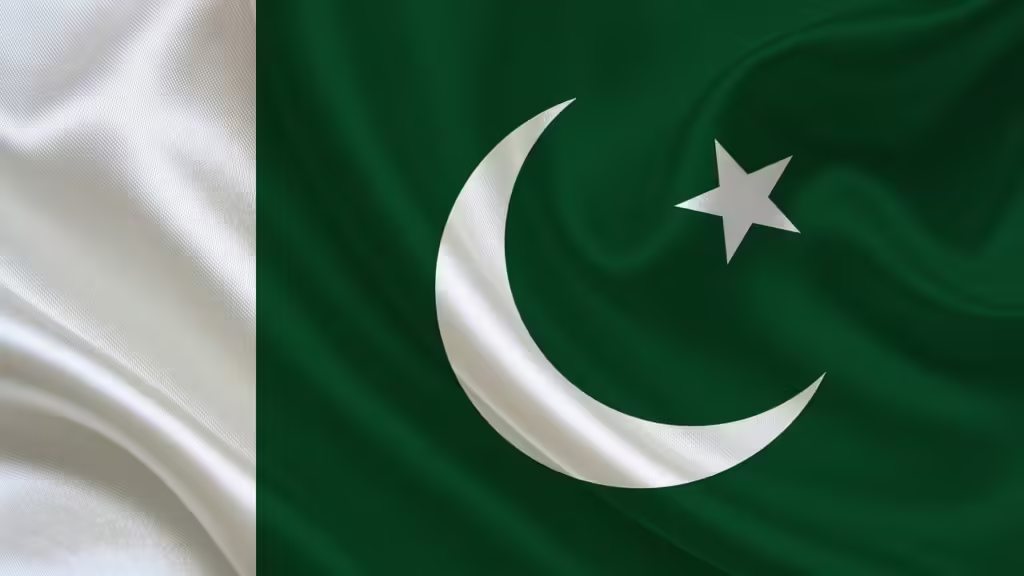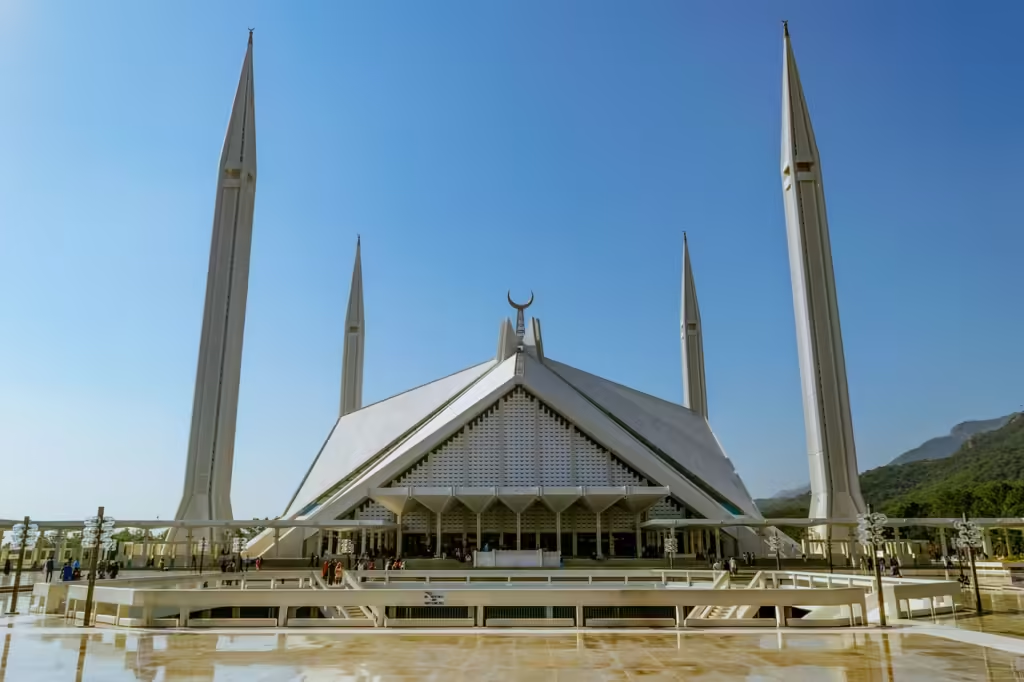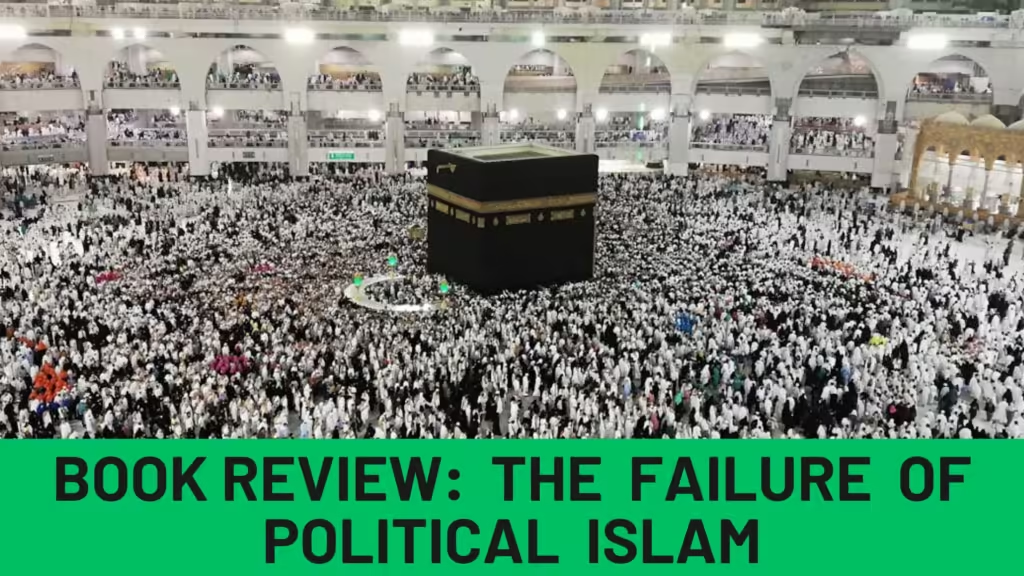“The Army is the nation and the nation is with the Army”, COAS General Ashfaq Pervez Kayani said on Martyr’s Day, 2010. The fact that Kayani, despite being an army chief who presented himself as a defender of democracy, equated the army with the nation, tells us, in a way, how much the army and politics of Pakistan are dovetailed. The Pakistan Army has ruled the country directly for nearly half of its independent history. However, the armed forces might be out of power for the rest of the years but have wielded it in some or the other way. This includes through appointment of retired army personnel at the highest level in bureaucracy, through economic clout exercised by its control of major industries and, of course, through constant, albeit implicit, threat of another coup.

Pakistan, like many third-world countries, liberalized itself in the early 1990s and allowed the privatization of the industries that were nationalized by Zulfikar Ali Bhutto. But it is the Pakistani Military has been the single largest beneficiary of this privatization. Since 1990, the military has sprawled over a large number of sectors generating tough and unfair competition for private firms and has even monopolized a few sectors in a few regions. The Military has its holdings in more than 700 companies. The addition of its real estate holdings gives them more than a 10 per cent stake in the Country’s private sector assets1. The vast economic empire of military and pre-existing clout in bureaucracy enables it to rule the country in an abstruse manner. The persistence of such power has worn down the morale of civilian leadership and led to politicians being amenable to the Military’s influence.
Background :
India and Pakistan were propelled into a war just after independence. The war established the primacy of national security in the mentality of the Pakistani leadership. As a result, 70 per cent of the first budget was allocated to defence. Countering the Indian military might become the lodestar to Pakistan’s military policies. The military started to become increasingly powerful during 1947-1956 when the constitution was finally adopted. Some scholars like Husain Haqqani argue that the military was the only functional institution that remained intact after partition and hence gained influence in politics of the early days3, while some like Ayesha Jalal argue about The US being complicit in the burgeoning military power in Pakistan4.
Anyway, the military took power after the 1958 coup, abrogating the constitution. By directly ruling the country, it started to take over the bureaucracy and major industries in both West and East Pakistan5. The military has been slowly encroaching on the economic landscape of Pakistan. Its businesses have always been growing. The years when Bhutto ruled the country were the only stint when the military started to lose its economic power and the civilian government started controlling all the major industries as a result of his socialism. After the 1977 coup, under the auspices of General Zia ul Haq, the military regained its economic power and independence and has been growing since then.
The Milbus of Pakistan’s Military:
Ayesha Siddiqa defines Milbus as ‘capital used for the personal benefit of the military fraternity which is not recorded as a part of the defence budget nor does it follow the normal accountability procedures of the state’ 6. Armed Forces of several countries, such as Pakistan and Turkey, maintain their economic independence and power by being involved in the business that uses the influence of the military to grow. In Pakistan, the Milbus has mainly four planks– the Fauji Foundation(FF), Army Welfare Trust(AWT), Shaheen Foundation(SF) and Bahria Foundation(BF). All four are enlisted as welfare foundations, established for the welfare of ex-servicemen. The FF and AWT serve the army whereas SF and BF serve the Air Force and Navy respectively. All three operate independently without mutual interference.7 Additionally, there is the Defense Housing Authority (DHA), a real estate entity that develops houses for army personnel with minimal oversight.
The Milbus operates on the Military, by the Military, to the Military basis. It exclusively benefits the retired personnel of their respective services, adding to their wealth. The profits are also shared by their cronies. The military uses its influence in society, bureaucracy and other state organizations to get exclusive rights on national resources and establishes businesses with exclusive patronage from the state. For instance, the recent case of Tethyan Copper Company (TCC) in which the World Bank ordered Pakistan to pay the company $5.8 billion as compensation as the contract of copper mining was disposed of on baseless grounds by the Supreme Court of Pakistan.
The contract was then given to multiple companies including the Army’s road construction subsidiary ‐ the Frontier Works Organization(FWO)8. The pre-capitalist economic system of Pakistan encourages crony capitalism. Both the federal and provincial governments allow them access to land and resources at highly subsidized rates that eventually brushes out any competition from the private sector generating a quasi-monopoly. For example, the Fauji Fertilizers receive subsidized Natural Gas which their competitors don’t9. The military also, in turn, encourages policies that multiply their income.
The overall Milbus is worth at least $20 billion. It is a rough figure since it is difficult to calculate the net worth of the Milbus due to its opacity10. According to a Senate reply, there are a total of 50 projects/units functioning under the administrative control of the three foundations, AWT and DHA.11 But Siddiqa claims that the four foundations run about 100 independent projects. In addition, some of the foundations are involved in the insurance business, information technology, banking and education.12

There is an extreme lack and, in some cases, outright absence of transparency regarding the projects and structure of Milbus. Out of these approximately 100 projects, only nine are listed with the Securities and Exchange Commission of Pakistan (SECP), Pakistan’s financial regulatory agency.13 The FF & AWT are the largest conglomerates in the country. They both account for 30 of the 50 companies officially recognized. These include cement companies, power plants, banks, insurance companies, aviation services, shopping malls and so on. No such empire would have existed had there been no direct rule of the military.
The FF was the first foundation to be established. Soon it became one of the West Pakistani investors in East Pakistan. The paradigm was the socioeconomic development of the state. This economic capture stoked resentment in Bengalis. Ayub Khan also enriched 22 families who owned about 68 per cent of industries and 87 per cent of banking and insurance assets14. He also appointed many ex-army men to civilian posts to entrench his rule. As mentioned above, Bhutto started to nationalize the industries after military rule ended. Zia took away the power from Bhutto in a coup. The military rule of Zia coincided with the rise of the Military’s economic Empire. The privatization drive of Zia was a deliberate move to strengthen the Army’s economic clout. State funds were used by officers to open small ventures and projects.
Army’s FWO and National Logistics Cell (NLC) were given virtual monopolies in some cases in the construction of highways and Cargo Transport businesses respectively. State funds and the Army’s influence were key to their generation of enormous profits15. The two companies still enjoy preferential treatment when it comes to securing contracts. However, much of the present economic power is a result of economic liberalization. Despite civilians being in power from 1988-1999, the economic activities of the military continued the upward trend.
Milbus was an area no government wanted to touch. The military still exercised political power through Article 58 (2)(b) of the constitution which allowed the president to dismiss any government. The civilians allowed further monopolization of transportation and road construction industries by FWO and NLC, and military-controlled companies to replace public-sector departments.16 After another coup in 1999, the Musharraf regime encouraged army-owned businesses in traditional ways. He encouraged his fraternity to set up many small and big businesses with monetary support from the state. He also used his political power to further deteriorate civilian institutions by appointing army men loyal to him to top posts. He appointed about 4000-5000 ex-military officers in various departments and ministries of the government.
Musharraf institutionalized the military’s power better than his predecessors by creating the National Security Council (NSC).17 Musharraf is credited with the creation of a separate class of armed forces. During his rule, the schools and universities run by the foundations propped up in Pakistan that served mostly exclusively to the military class at subsidized rates. His rule coincided with the spread of military fraternity in all important segments of the state, society and economy. This military elite class is attributed to the high-paying jobs in bureaucracy and the top posts of several Milbus companies that employ ex-servicemen 18.

The state bears the cost of the well-being of the companies operated by the military. The AWT which is involved in the banking and insurance industry frequently gets bailout packages from the government. It received three such packages between 1995 and 200119. This is despite the enormous preference and subsidies provided to these companies. This is due to a lack of expertise at the helm of the companies.
Since all heads of such companies and projects are ex-military men, they lack any experience in the businesses they manage. In addition, the state allots lands to serve army officers in a pyramidal structure. After 15 years of service, officers are entitled to one residential plot, after 25 a second, after 28 a third and after 32 a fourth.20 The estimated worth of the legally acquired assets of Pakistan’s generals varies from Rs.150 to 400 million, a figure that is based primarily on the senior commanders’ urban and rural properties.21
A huge chunk of ex-military men continue to be employed by the state even after retirement. According to research, out of 85 per cent of retired Corp commanders (whose data was available), 62 per cent continue to serve in various federal government agencies, and provincial government agencies, as ambassadors or go on to serve as defence secretaries. Almost 23.5 per cent of the Corp commanders are employed in various top posts in companies owned by the four foundations after retirement. Only a fraction of retired personnel go on to serve the private sector post-retirement. 22
CPEC as an Opportunity
The present government of Pakistan appointed General Asim Saleem Bajwa as Chairman of China Pakistan Economic Corridor Authority (CPECA) in November last year. The underlying aim of CPECA is to ensure the timely completion of CPEC projects and help them ensure coordination among the departments concerned. However, the military sees it as another opportunity. They see it as an instrument to strengthen national security and their economic base. In 2015, the FWO completed a 311-mile-long road, which is a part of CPEC, in record time. Another subsidiary of the military- the Special Communications Organization (SCO), was given a contract for laying optic fibres between China and Pakistan, a project that is a part of CPEC’s initiative to provide Gilgit-Baltistan with 3G-4G internet services23. The attacks on CPEC investments by the Balochistan Liberation Army (BLA) have troubled the army for a while now. Interestingly, Bajwa was appointed as Special Assistant to the Prime Minister on Information and Broadcasting in April this year.

Conclusion
The army has presented itself as a saviour of the nation without which Pakistan would disintegrate into many states. It keeps national security as the main guiding force in all its policies. The armed forces currently control the entire Ministry of Defense of Pakistan. It formulates foreign policy on all major countries including India and Afghanistan. These policies, which include monetary and logistical support to the Taliban, have troubled the region for long. The US has actively sought strategic support from the Pakistani military regarding Afghanistan. In doing so, it has ignored the harmful consequences of patronising the Pakistan military. Such patronage has enhanced its economic and social powers and alienated ethnic minorities. The Pakistan Army is not going to relinquish its powers any time soon. It will continue to control the public narrative and continue to cultivate the image of the national saviour.
References
1 Ron Moreau, The Military’s Long Reach
2 Ayesha Siddiqa, Military Inc.
3 Husain Haqqani, Pakistan between Mosque and Military
4 Ayesha Jalal, The State of Martial Rule
5 Ayesha Siddiqa, Military Inc.
6Ibid.
7Ibid.
8 Husain Haqqani, Fool’s Gold (https://www.hudson.org/research/15180-fool-s-gold-pakistan-could-have made-big-money-from-gold-mines-now-it-s-paying-penalties)
9 Ron Moreau, The Military’s Long Reach
10 Ayesha Siddiqa, Military Inc.
11 https://www.dawn.com/news/1272211
12 Ayesha Siddiqa, Military Inc.
13 Ibid.
14 Ibid.
15 Ibid.
16 Ibid
17 Ibid.
18 Paul Staniland, Adnan Naseemullah & Ahsan Butt, Pakistan’s Military Elite
19 Ayesha Siddiqa, Military Inc.
20 Paul Staniland, Adnan Naseemullah & Ahsan Butt, Pakistan’s Military Elite
21 Ayesha Siddiqa, Military Inc.
22 Paul Staniland, Adnan Naseemullah & Ahsan Butt, Pakistan’s Military Elite
23 http://www.cogitasia.com/cpec-milbus-pakistan-armys-economic-stakes-in-the-sino-pak-corridor/




